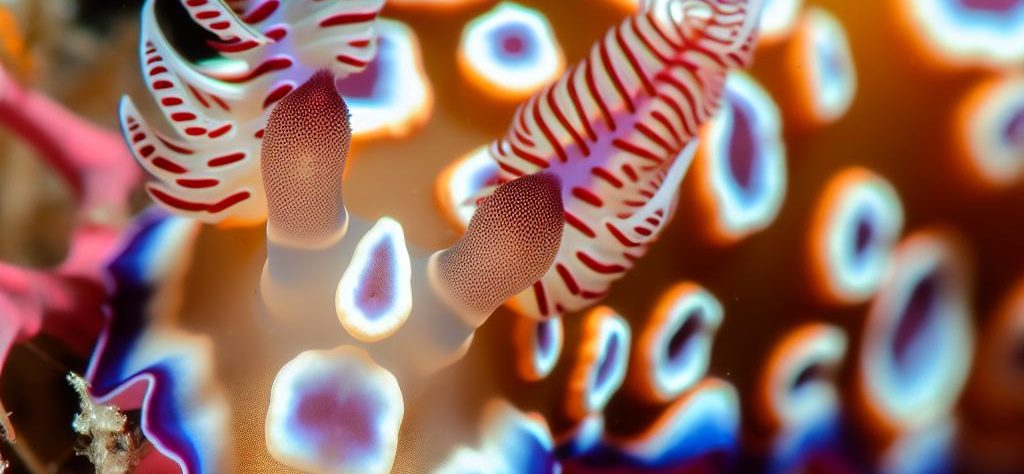Overview of Tubbataha’s Manta Ray Cleaning Stations
Situated in the heart of the Sulu Sea, Tubbataha Reefs Natural Park is a renowned marine sanctuary celebrated across the globe for its rich biodiversity and stunning underwater landscapes. One of the most captivating features of this marine park includes the manta ray cleaning stations, which have gained immense popularity among divers and marine enthusiasts alike. These unique stations are not only fascinating for those who visit but also paramount in maintaining the health and hygiene of manta rays, thereby establishing Tubbataha as a crucial biodiversity hotspot.
Understanding Manta Ray Cleaning Stations
Manta ray cleaning stations are specialized underwater sites where cleaner fish engage in symbiotic relationships with manta rays. Cleaner fish such as wrasses and gobies play an instrumental role in maintaining the health of manta rays by removing parasites, dead skin, and other debris. This process is critical to the well-being of the mantas, as it prevents infections and promotes overall health. The interaction also benefits the cleaner fish, which in return receive a steady and accessible food source.
At these stations, manta rays demonstrate intriguing behavior as they hover motionlessly, allowing the cleaner fish to work their magic. This interaction creates an extraordinary spectacle, attracting researchers and underwater photographers eager to capture these moments. The dynamic interplay between the cleaner fish and the manta rays not only underscores the importance of biological symbiosis but also enhances our understanding of marine ecosystems.
Location and Accessibility
The geographic placement of Tubbataha Reefs in the Sulu Sea presents both opportunities and challenges regarding accessibility. Approximately 150 kilometers southeast of Puerto Princesa City in Palawan, Philippines, these reefs can only be reached by liveaboard boats. This mode of transport is typically operational from March to June when weather conditions are favorable. While this restricted access may initially seem limiting, it plays a pivotal role in conserving the park’s pristine environment. By limiting human intrusion, Tubbataha provides a thriving and undisturbed habitat for manta rays as well as a multitude of other marine species.
The seasonal accessibility also contributes to the preservation of the natural beauty and biological diversity within the park. The chartered liveaboard trips facilitate controlled and sustainable tourism, ensuring that all activities abide by the principles of conservation and respect for marine life.
Conservation Efforts
The Tubbataha Reefs Natural Park is designated as a protected area, emphasizing its importance in marine conservation. This protection plays a crucial role in maintaining the delicate ecological balance of the area, particularly for manta rays and their habitats. The Tubbataha Management Office administers the park, ensuring the implementation of conservation strategies tailored to minimize human impact on the natural environment. Their efforts include strict enforcement of fishing regulations, patrol operations to deter illegal activities, and guided visitor interactions to safeguard the fragile ecosystem.
Research and monitoring initiatives are pivotal components of the conservation strategy within Tubbataha Reefs. By undertaking scientific studies and regular assessments, researchers can track the health of the ecosystem, identify potential threats, and adjust conservation measures accordingly. These efforts contribute to our broader understanding of marine ecosystems and underscore the critical role of protected areas in the sustainable management of marine resources.
Significance of Tubbataha’s Marine Ecosystem
The presence of manta ray cleaning stations within Tubbataha’s boundaries accentuates the ecological significance of this marine sanctuary. As key indicators of oceanic health, manta rays offer valuable insights into the overall condition of the marine environment. The concentration of manta rays at these cleaning stations serves as a testament to the robustness and vitality of Tubbataha’s marine ecosystem.
Beyond the cleaning stations, Tubbataha Reefs supports an astonishing diversity of marine life, contributing to its status as a global biodiversity hotspot. The reefs provide essential habitats for a vast array of marine species, from the tiniest microorganisms to the majestic manta rays. This richness not only enriches the ecological tapestry of the region but also highlights the necessity of marine protected areas in ensuring the survival of numerous species.
The ecological significance of Tubbataha extends beyond its geographical borders, drawing global attention to the crucial need for conservation efforts in marine environments. The park serves as a model for successful conservation, illustrating how careful management and protection can lead to the preservation of natural wonders and the sustainability of marine ecosystems.
For additional information about Tubbataha Reefs and its conservation endeavors, visit the official Tubbataha Management Office website. This resource provides comprehensive details on the park’s management strategies, educational initiatives, and ongoing research efforts aimed at preserving the unique beauty and ecological integrity of Tubbataha Reefs Natural Park.

